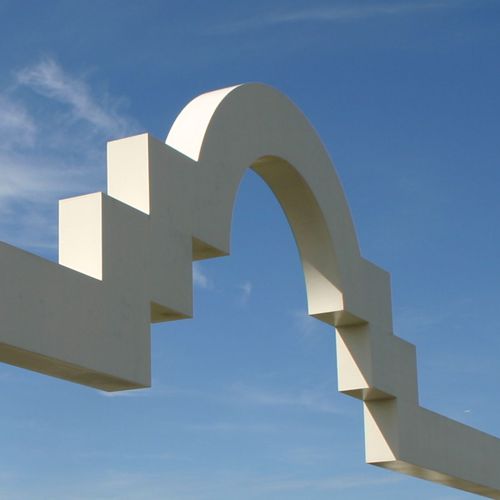Local Monitoring Reports Air Quality
Local Monitoring Reports Air Quality

When Pleasanton residents look out their windows and see a beautiful sunrise or sunset, what they don't know is that the air outside is constantly being monitored by some of the most advanced air testing equipment available. Testing the air in the Pleasanton/Tri-Valley area is one of the ongoing responsibilities of Hacienda Business Park Owners Association as one of the 110 conditions of approval for the park.
The program is divided into two primary areas of testing: meteorology and air quality. The air quality division is then further refined for testing carbon monoxide, particulate matter and trace elements.
“Both areas are essential for a comprehensive program,” states Dr. Michael Hogan, president of Earth Metrics, Inc., the firm that actually does the monitoring. “The meteorology gives us information on how pollutants are transferred, and the air quality testing tells us what is in our air.”
Measuring the Wind
Wind speed, wind direction and air temperature are all factors in determining air quality, and monitoring their changes is an important part of the meteorological portion of the Pleasanton program.
The meteorology station is located on top of Chabot Center in Hacienda Business Park. It is totally automated, has its own power supply and is one of the most advanced stations of its kind. Computerized data from the stations is accumulated and summarized monthly in an in-depth printed report.
“What the station basically does is record changes in the speed and direction of the wind and the changes in air temperature,” explains Hogan. “This particular station is low wind sensitive which means it can measure wind speeds of less than one mile per hour.”
Testing the Air
The air quality function of the testing program monitors changes in three basic areas - carbon monoxide, particulate matter, and trace elements. These stations are set up throughout Pleasanton and the Tri-Valley to collect air samples for testing. Actual testing can be done at the Earth Metrics lab in Burlingame or in a mobile lab on the site.
Carbon monoxide samples are collected at 15 sites in Pleasanton and the Tri-Valley area. The stations are set up near intersections, heavily trafficked areas, or “sensitive receptor sites.”
“Carbon monoxide is a localized problem, with higher levels generally found near “emitters” such as cars, the primary source,” explains John Pedersen, Project Manager for Earth Metrics. “We test in those areas as well as in what we call sensitive receptor sites - places such as schools, parks and hospitals where people may congregate. The primary criteria is that we test where we expect to find carbon monoxide.”
Air samples from these sites are collected monthly then run through a gas analyzer for testing.
Testing for particulate matter is another part of the air quality program. Particulate tests must conform to rigid state and federal standards.
Because particulate matter cannot be identified as having a primary source, samples need only be collected at one station.
The particulate station is located next to the meteorology station in Hacienda Business Park. Samples are collected regularly after a strictly timed 24 hour test. During the test, air is collected through a filter at the station and then tested at a lab.
Particulate matter can range from visible dust to sub-micron particles which cannot be seen but affect visibility by scattering light rays.
Determining trace elements in the air requires further testing of particulate matter. To do this, a portion of the filter sample is weighed then bombarded with electrons to determine what metals are present.
“Trace metals such as lead are of the most concern for health,” states Pedersen. “This test helps us to determine what metals are in the air and in what amounts.”
This vigilant monitoring program goes above and beyond the basic state and federal requirements, according to Michael Hogan.
“This program is very complete,” he said. “Hacienda requested a comprehensive program and this particular one is one of the most advanced around.”
To see a reproduction of the original article and edition of Pleasanton Pathways, visit: January 1, 1984 Pathways.




